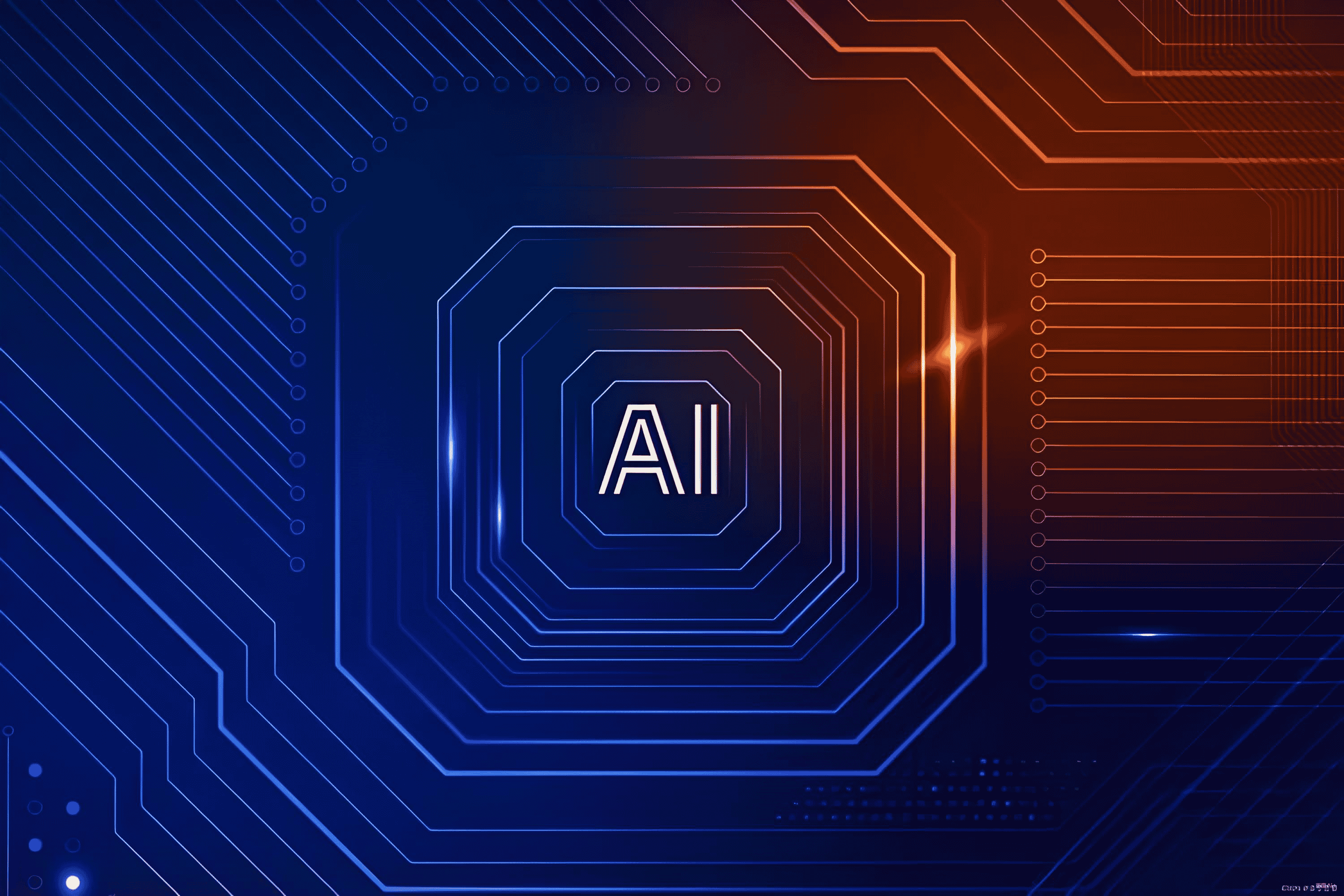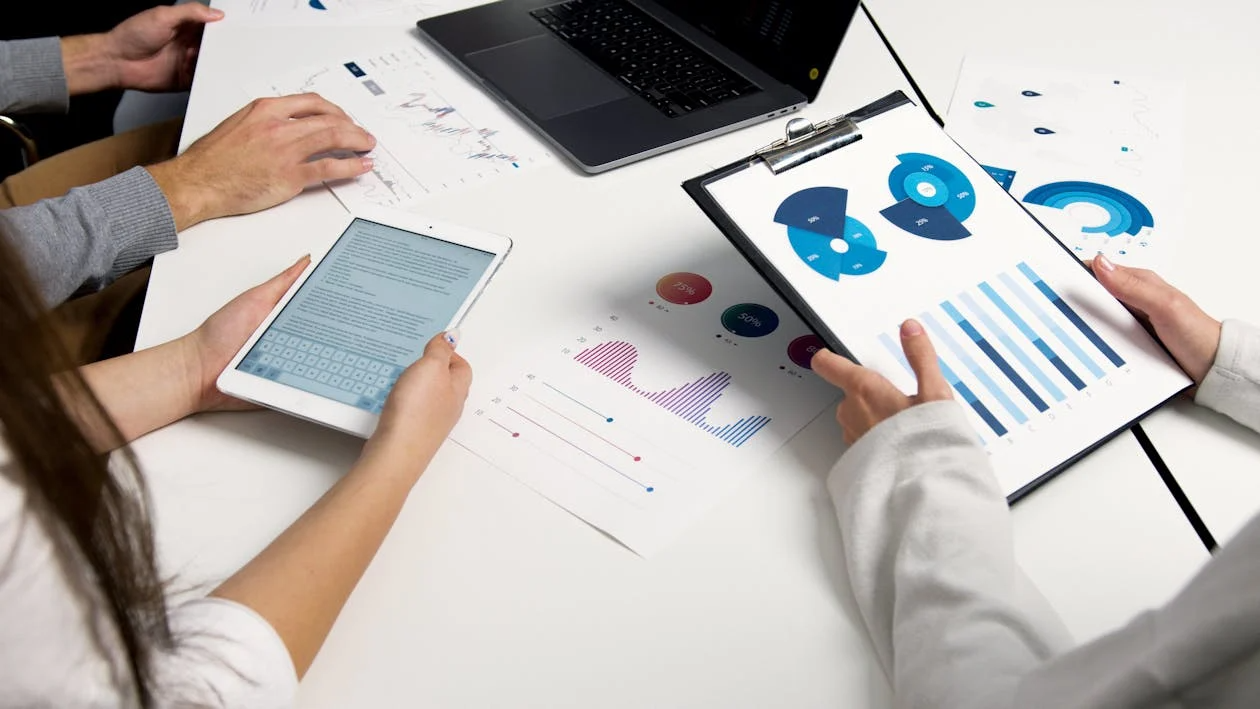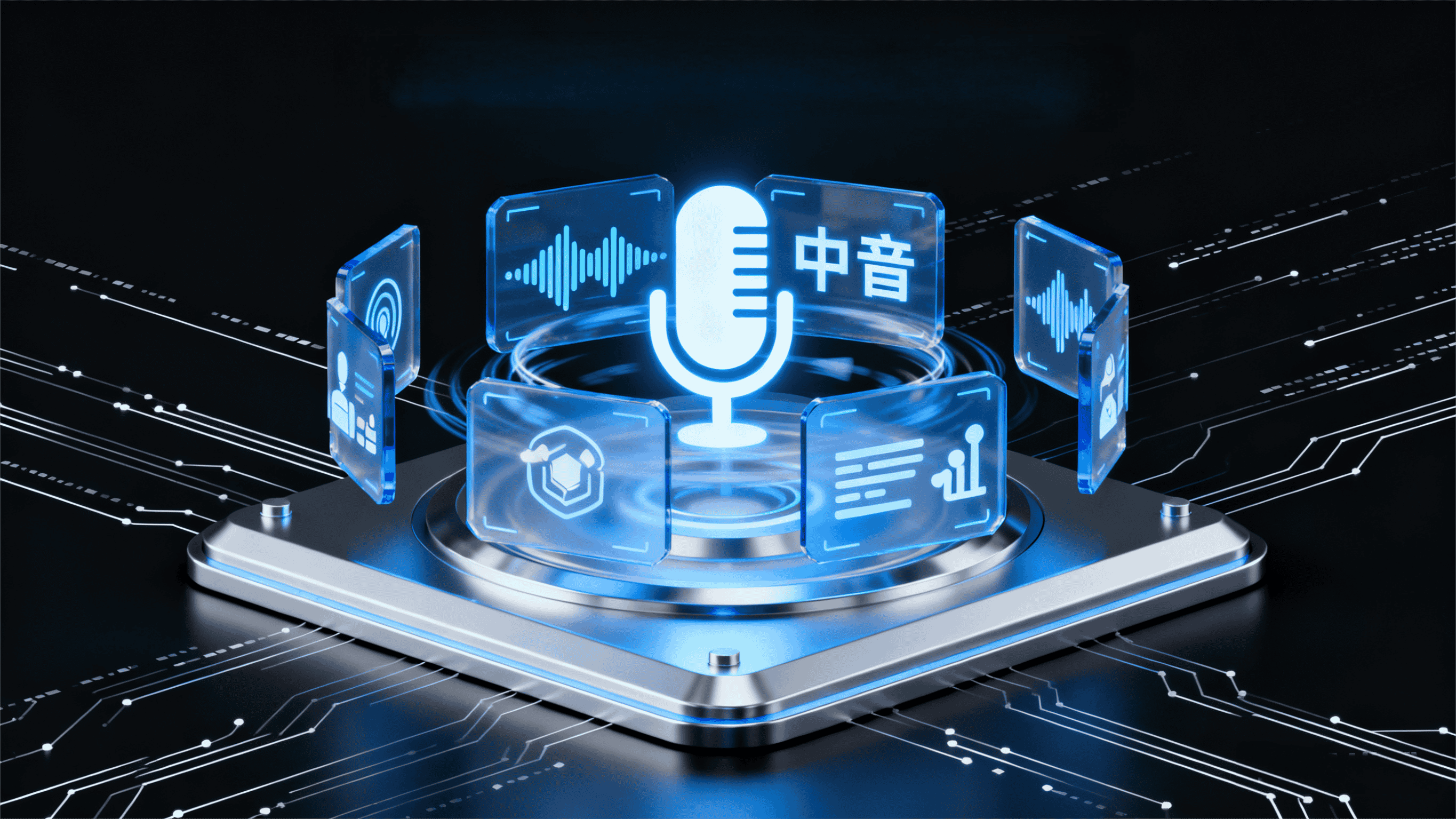When managing machine learning projects, one of the biggest hurdles is balancing the need for accurate data annotations with tightening budgets. For ML Ops managers and AI product managers, the choice between active learning workflows and pre-labeling services often determines whether a project stays efficient or becomes bogged down in unnecessary expenses. Both approaches aim to streamline the data labeling process, but understanding their differences—and how to integrate them effectively—can lead to substantial savings without sacrificing model performance.
Let's break this down step by step. Pre-labeling services involve using preliminary AI models to tag data automatically before human annotators step in. This method is straightforward: the model handles the bulk of the work on straightforward samples, and experts review or correct the outputs. It's particularly useful for large datasets where initial automation can cut down on manual effort from the start. On the other hand, active learning workflows take a more dynamic approach. Here, the model iteratively selects the most informative or uncertain data points for annotation, focusing human expertise where it's needed most. Instead of labeling everything indiscriminately, active learning prioritizes samples that will improve the model's accuracy the fastest.
The real power emerges when you combine elements of both in a human-in-the-loop active learning setup. This hybrid strategy leverages the strengths of pre-labeling—quick initial passes on high-confidence data—with the targeted efficiency of active learning. In practice, your model processes the dataset, confidently labeling the portions it "knows" well, while flagging low-confidence items for human review. This isn't just theoretical; it's a proven way to optimize data labeling costs by ensuring annotators aren't wasting time on redundant tasks.
Consider a real-world scenario from computer vision projects, where labeling thousands of images for object detection can eat up resources. With traditional methods, you might pay for annotating the entire batch, even if 70% of it is simple and repetitive. But in an active learning workflow, the system might pre-label 80% of the data autonomously, sending only the ambiguous 20%—like edge cases with poor lighting or occlusions—to your annotation team. Studies show this can slash labeling efforts significantly. For instance, research in machine learning applications has demonstrated that active learning can reduce the number of required annotations by up to 50% while achieving comparable or better model performance compared to random sampling. Another analysis from data annotation platforms indicates cost savings of 30-70% in NLP and vision tasks by focusing on informative samples, allowing teams to allocate budgets more strategically.
What makes this approach so compelling for ML Ops and AI product managers is its adaptability to evolving models. As your algorithm trains, it gets smarter at self-assessing confidence levels. Low-confidence data—those tricky outliers that could otherwise derail predictions—gets routed directly to skilled annotators for correction or verification. This human-in-the-loop element ensures quality control without over-reliance on automation, which can sometimes introduce biases if left unchecked. From my experience consulting on similar workflows, I've seen teams frustrated by pre-labeling alone because it doesn't evolve with the model; active learning, however, creates a feedback loop that refines both the data and the system over time.
To put numbers behind this, let's look at broader industry benchmarks. According to a report on annotation efficiency, implementing active learning in production environments can lower overall data preparation costs by 40-60% for datasets exceeding 100,000 samples, especially in domains like autonomous driving or medical imaging where precision is non-negotiable. These figures aren't outliers; they're echoed in case studies from tech firms that have shifted from blanket labeling to selective strategies, reporting faster iteration cycles and reduced time-to-deployment.
Of course, success hinges on partnering with the right annotation service. That's where our team comes in. We specialize in integrating seamlessly with your active learning models, handling only the low-confidence data that requires human oversight. Clients upload their datasets, and our platform collaborates with your system: it auto-labels the confident portions at no extra charge, then forwards the uncertain ones to our expert annotators for precise review. You pay solely for the corrections and audits—often just a fraction of the total volume—which can translate to savings of 50% or more on your annotation budget. This isn't about cutting corners; it's about directing resources where they deliver the most value, like accelerating model training or expanding dataset diversity.
One client in the e-commerce space, for example, used this method to annotate product images for recommendation engines. By focusing human efforts on ambiguous categories like fashion items with varying styles, they cut labeling costs by 45% while improving model recall by 15%. It's these tangible outcomes that build trust in the process.
In the end, optimizing your data annotation budget boils down to choosing workflows that evolve with your needs. Active learning, enhanced by human-in-the-loop pre-labeling, offers a smarter path forward—one that's efficient, scalable, and backed by data. If you're ready to explore this for your projects, consider partnering with a provider like Artlangs Translation. With years of focus on translation services across 230+ languages, they've built deep expertise in video localization, short drama subtitle adaptation, game localization, multilingual dubbing for short dramas and audiobooks, and multi-language data annotation and transcription. Their track record includes numerous successful cases, from globalizing AAA games to annotating diverse datasets for AI firms, ensuring your multilingual projects get the precision they deserve.











